A tech experiment replaced every employee with AI agents in a simulated company. What unfolded inside the digital office surprised even the researchers. The real story goes far beyond the hype.



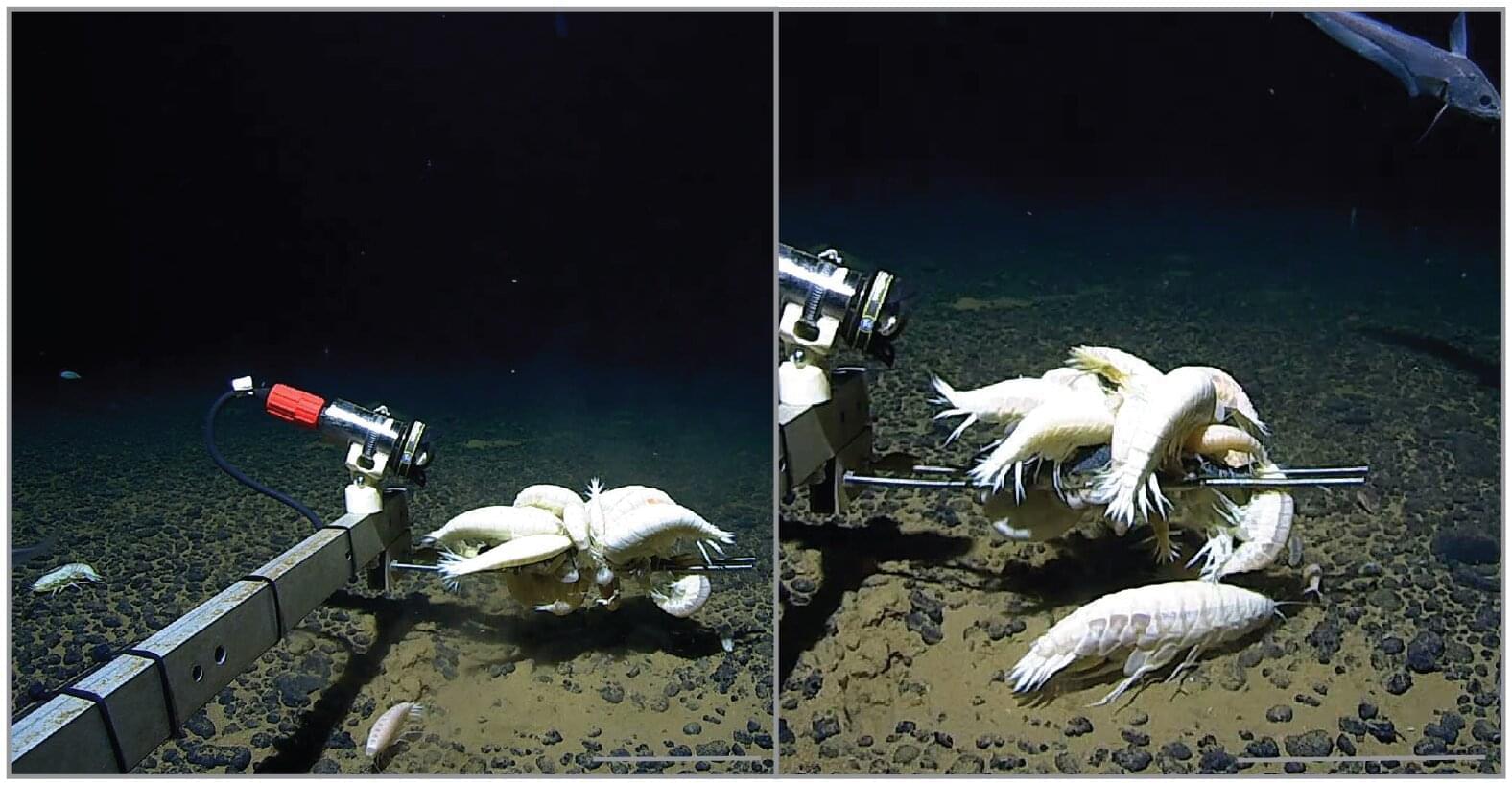
Alicella gigantea, a rarely sighted giant crustacean that inhabits the depths of the ocean and can reach up to 34 cm in length, is not rare after all. This species, though elusive, is one of the most widely distributed species of its kind, inhabiting and thriving in more than half of the world’s oceans across the globe, as per a recent Royal Society Open Science paper by researchers from the University of Western Australia.
Amphipods like A. gigantea are shrimp-like crustaceans known for their narrow frames and a signature hump-backed curl in their posture. Found in nearly every aquatic habitat on Earth, amphipods are one of the most diverse crustacean orders, with over 10,000 known species. They roam the deep sea, from the abyssal depths (3,000–6,000 m) to beyond hadal zones (6,000 m), but their number significantly decreases as we dive deeper towards the ocean bed.
The first sighting of a 28 cm-long A. gigantea was captured on camera at a depth of 5,304 meters in the abyssal North Pacific, though its identity remained unknown at the time. Subsequent captures eventually confirmed the species as A. gigantea.
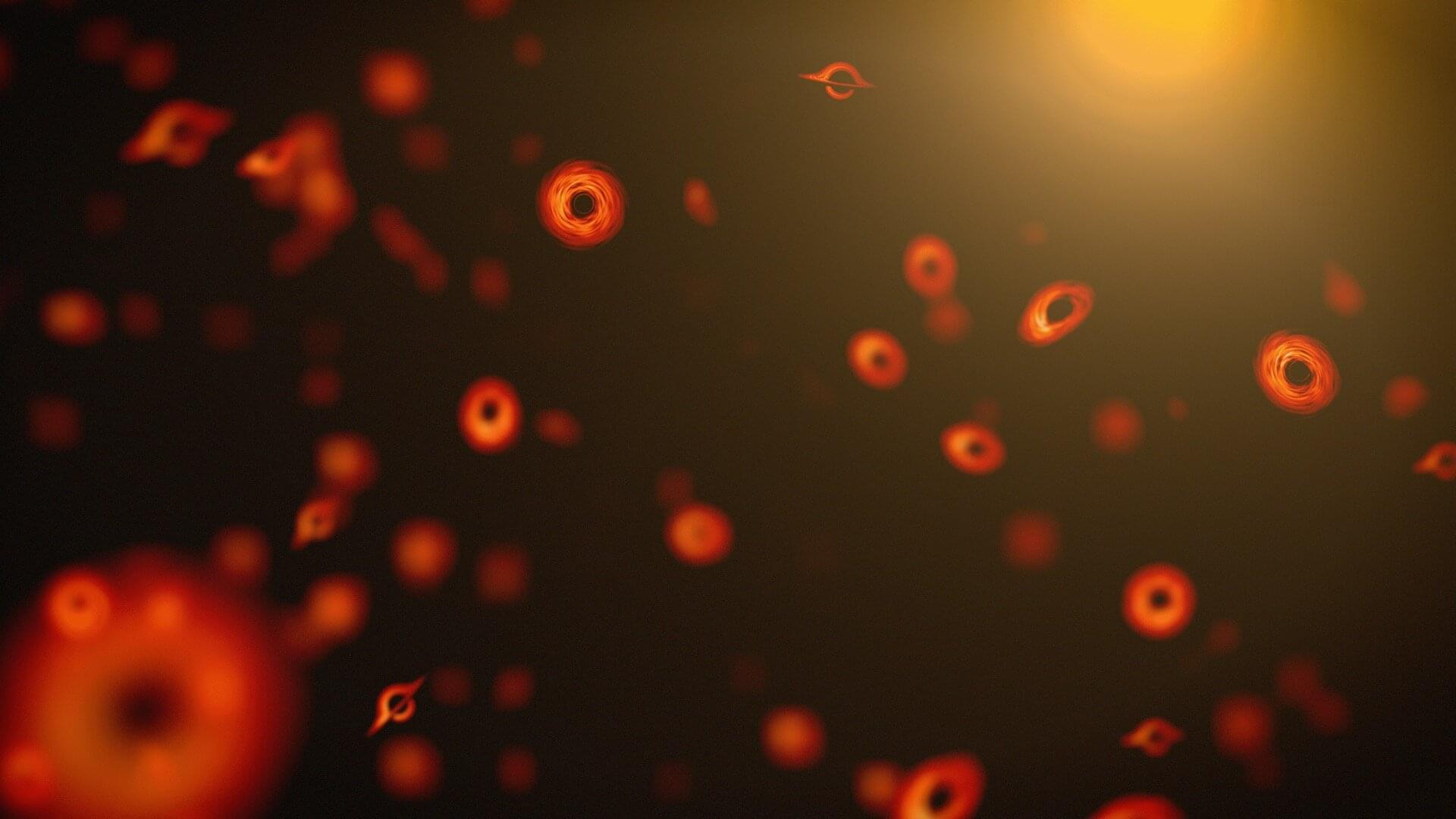
Besides particles like sterile neutrinos, axions and weakly interacting massive particles (WIMPs), a leading candidate for the cold dark matter of the universe are primordial black holes—black holes created from extremely dense conglomerations of subatomic particles in the first seconds after the Big Bang.
Primordial black holes (PBHs) are classically stable, but as shown by Stephen Hawking in 1975, they can evaporate via quantum effects, radiating nearly like a blackbody. Thus, they have a lifetime; it’s proportional to the cube of their initial mass. As it’s been 13.8 billion years since the Big Bang, only PBHs with an initial mass of a trillion kilograms or more should have survived to today.
However, it has been suggested that the lifetime of a black hole might be considerably longer than Hawking’s prediction due to the memory burden effect, where the load of information carried by a black hole stabilizes it against evaporation.
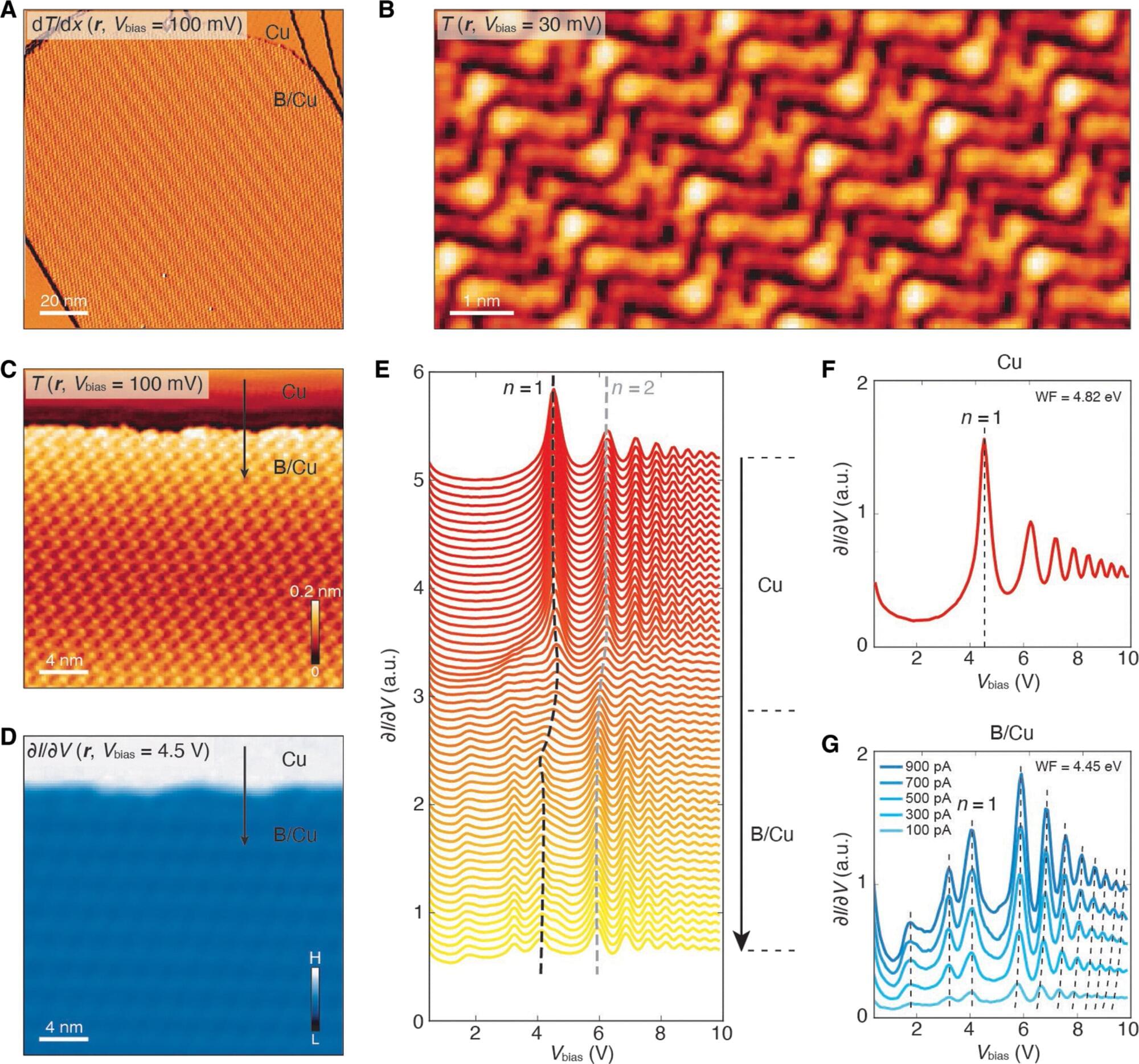
More than ten years ago, researchers at Rice University led by materials scientist Boris Yakobson predicted that boron atoms would cling too tightly to copper to form borophene, a flexible, metallic two-dimensional material with potential across electronics, energy and catalysis. Now, new research shows that prediction holds up, but not in the way anyone expected.
Unlike systems such as graphene on copper, where atoms may diffuse into the substrate without forming a distinct alloy, the boron atoms in this case formed a defined 2D copper boride ⎯ a new compound with a distinct atomic structure. The finding, published in Science Advances by researchers from Rice and Northwestern University, sets the stage for further exploration of a relatively untapped class of 2D materials.
“Borophene is still a material at the brink of existence, and that makes any new fact about it important by pushing the envelope of our knowledge in materials, physics and electronics,” said Yakobson, Rice’s Karl F. Hasselmann Professor of Engineering and professor of materials science and nanoengineering and chemistry. “Our very first theoretical analysis warned that on copper, boron would bond too strongly. Now, more than a decade later, it turns out we were right ⎯ and the result is not borophene, but something else entirely.”

Much of the world’s lithium occurs in salty waters with fundamentally different chemistry than other naturally saline waters like the ocean, according to a study published on May 23 in Science Advances. The finding has implications for lithium mining technologies and wastewater assessment and management.
Lithium is a critical mineral in the renewable energy sector. About 40% of global lithium production comes from large salt pans, called salars, in the central Andes Mountains in South America and the Tibetan Plateau in Asia. In these arid, high-altitude regions, lithium exists below surface salt deposits, dissolved in extremely saline water called brine.
“We discovered that the pH of brines in these regions is almost entirely driven by boron, unlike seawater and other common saline waters. This is a totally different geochemical landscape, like studying an extraterrestrial planet,” said Avner Vengosh, distinguished professor of environmental quality and Chair of the Division of Earth and Climate Sciences at Duke University’s Nicholas School of the Environment, who oversaw the research.
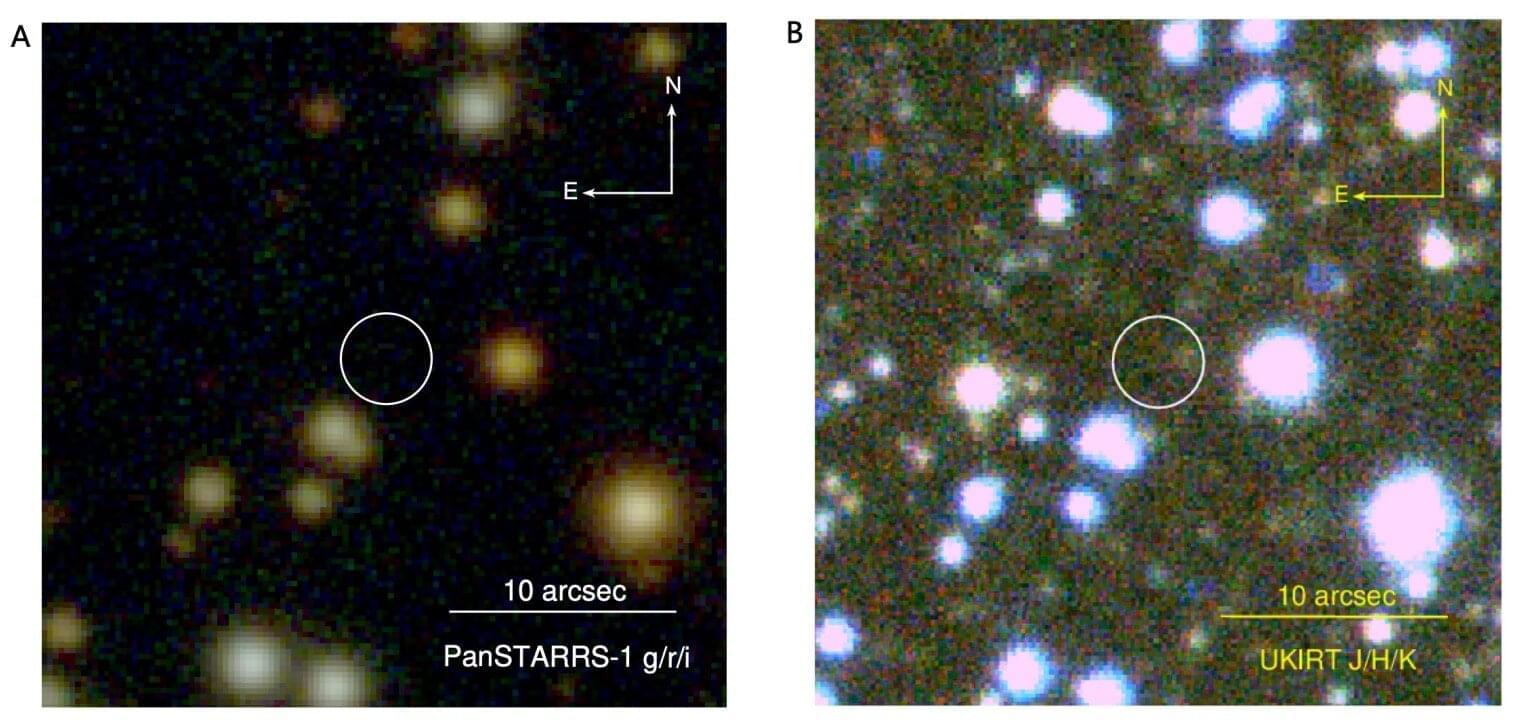
A large team of astronomers and astrophysicists affiliated with several institutions in China has discovered a binary star system, where one of the stars is a millisecond pulsar and the other is made mostly of helium. In their paper published in the journal Science, the group describes how they discovered that a pulsar under study since 2020 had a companion star—one that was gravitationally bound to it.
Researchers on the team first spotted the pulsar back in May of 2020, and soon thereafter noticed that not only did it spin incredibly fast, but for one-sixth of its orbit, its radiation emissions were blocked. That suggested an object was passing between it and Earth. Over the next four years, the team studied the apparent binary system to learn more about its characteristics and confirm that there truly was a second star.
Pulsars are a type of neutron star that emit beams of radiation from their poles. They appear to pulse as viewed from Earth due to their spinning—the radiation signal can only be seen when one of the poles is pointed directly at the Earth.
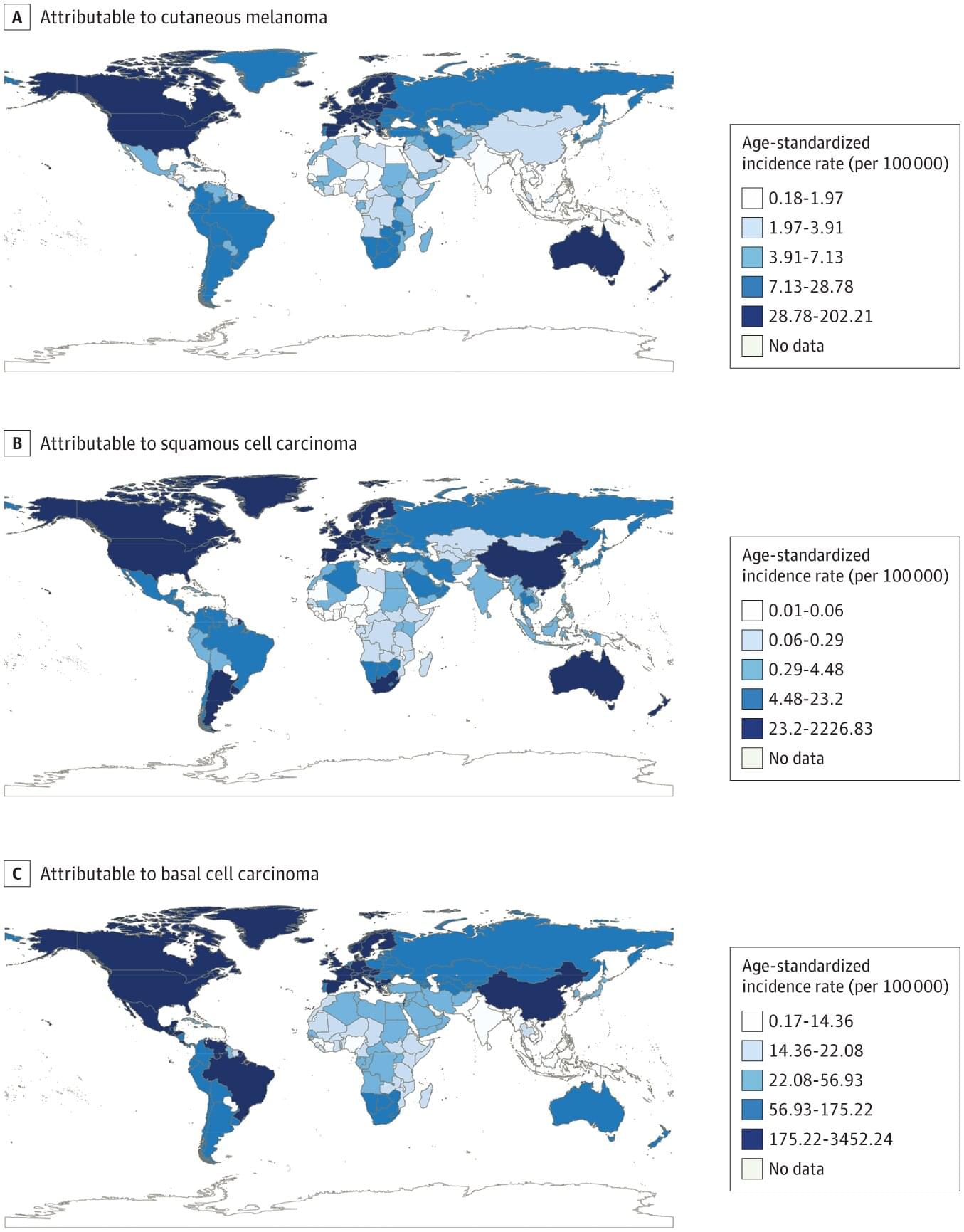
Researchers at the First Affiliated Hospital of Chongqing Medical University in China have uncovered a sharply rising burden of skin cancer in older adults driven largely by population growth and affecting men twice as often.
Skin cancer already ranks among the costliest malignancies to treat, and an aging world means more time for ultraviolet damage to accumulate. Previous research shows older patients now make up nearly three-quarters of new cases, yet global data capturing the full scope and trend in those over 65 remains scarce.
In the study, “Burden of Skin Cancer in Older Adults From 1990 to 2021 and Modelled Projection to 2050,” published in JAMA Dermatology, researchers mined the Global Burden of Diseases 2021 registry to quantify how melanoma, squamous cell carcinoma, and basal cell carcinoma affect adults aged 65 and older worldwide.
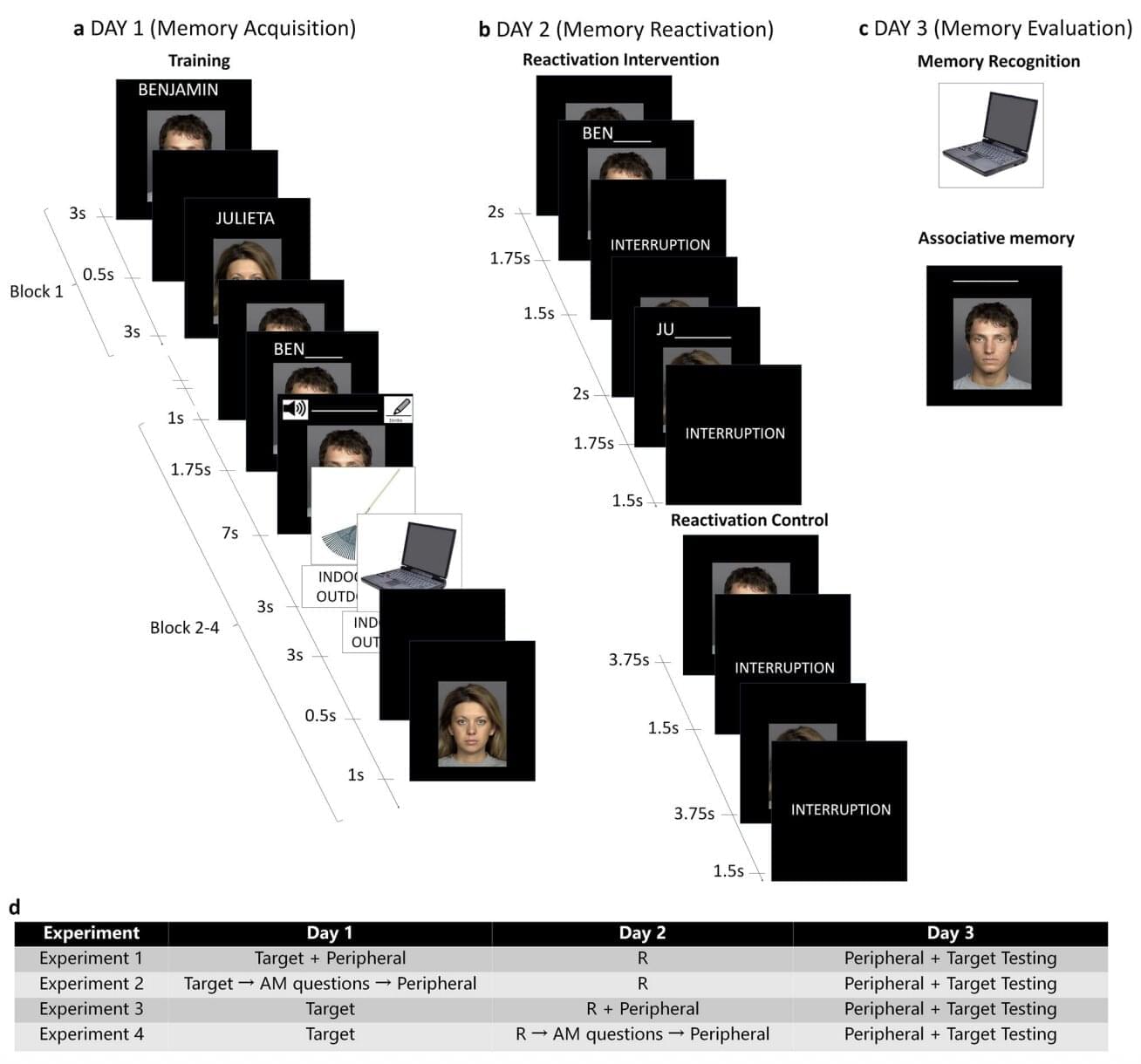
Most humans can recall specific events and past experiences for long periods of time. This capability, referred to as episodic memory, is known to be in great part supported by the activity of neurons in the hippocampus and medial temporal lobe.
Past neuroscience and psychology studies consistently found that episodic memory is associative. This essentially means that remembering one past event, for instance a graduation, can in many cases prompt people to also remember other related events, such as a party that celebrated the graduation.
Researchers at Biología Molecular y Neurociencias (IFIByNE)-CONICET and the University of Buenos Aires recently carried out a new study exploring the possibility that the reactivation of specific episodic memories does not only help to strengthen those memories, but also the memories of other related events or experiences.

A breakthrough study, led by scientists at Waipapa Taumata Rau, University of Auckland, has uncovered how daylight can boost the immune system’s ability to fight infections.
The team focused on the most abundant immune cells in our bodies, called neutrophils, which are a type of white blood cell. These cells move quickly to the site of an infection and kill invading bacteria.
The researchers used zebrafish, a small freshwater fish, as a model organism, because its genetic makeup is similar to ours and the fish can be bred to have transparent bodies, making it easy to observe biological processes in real time.